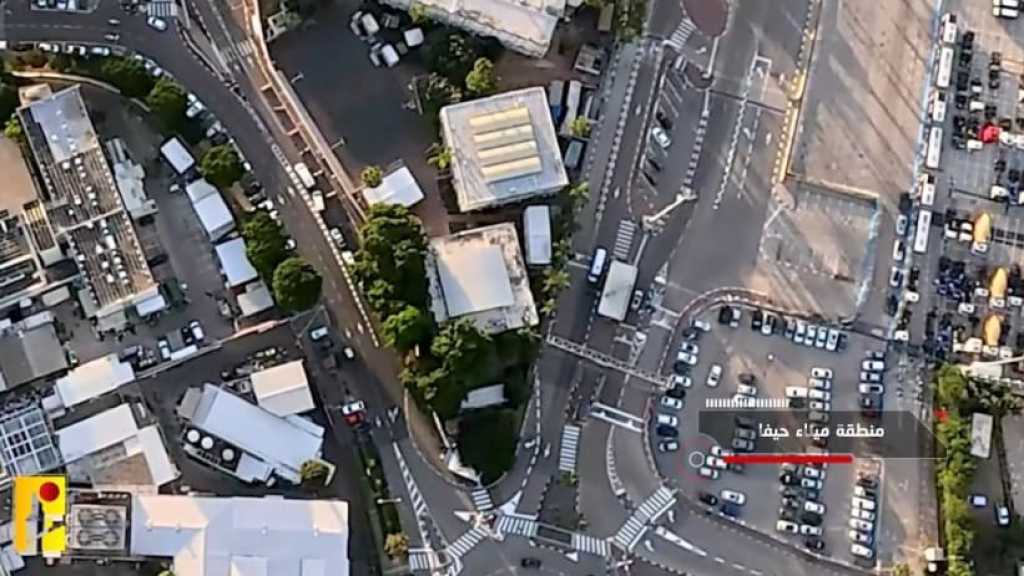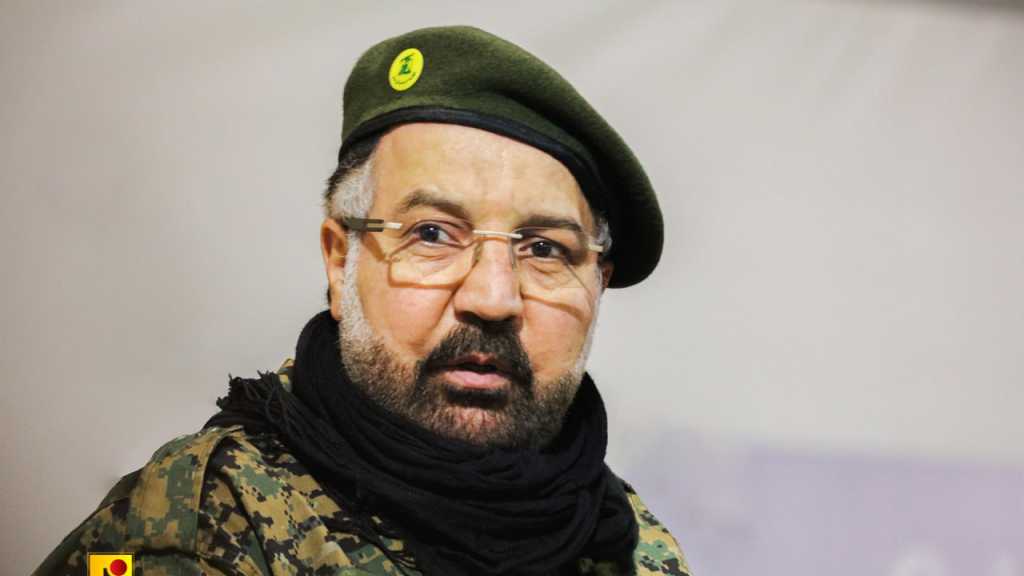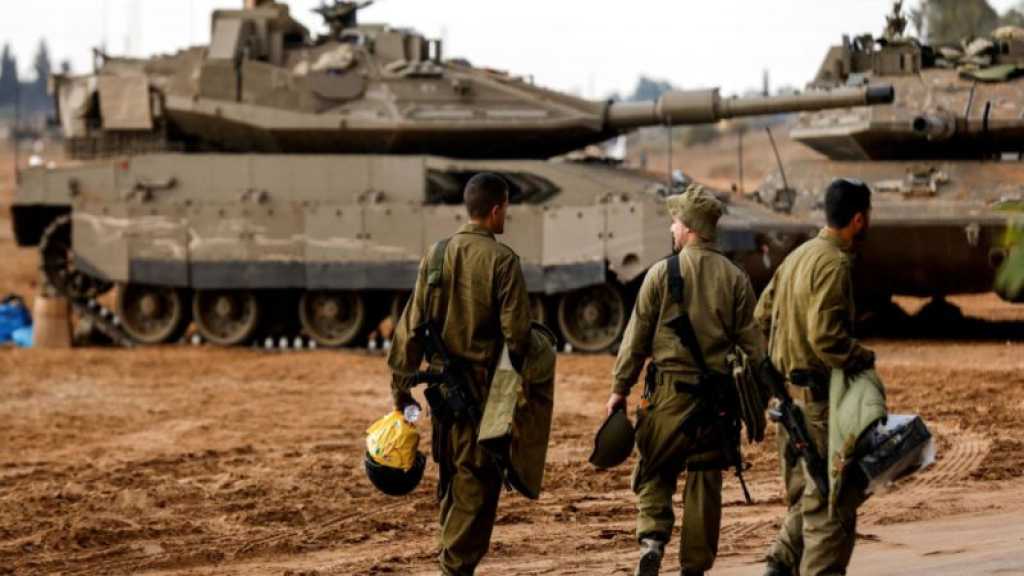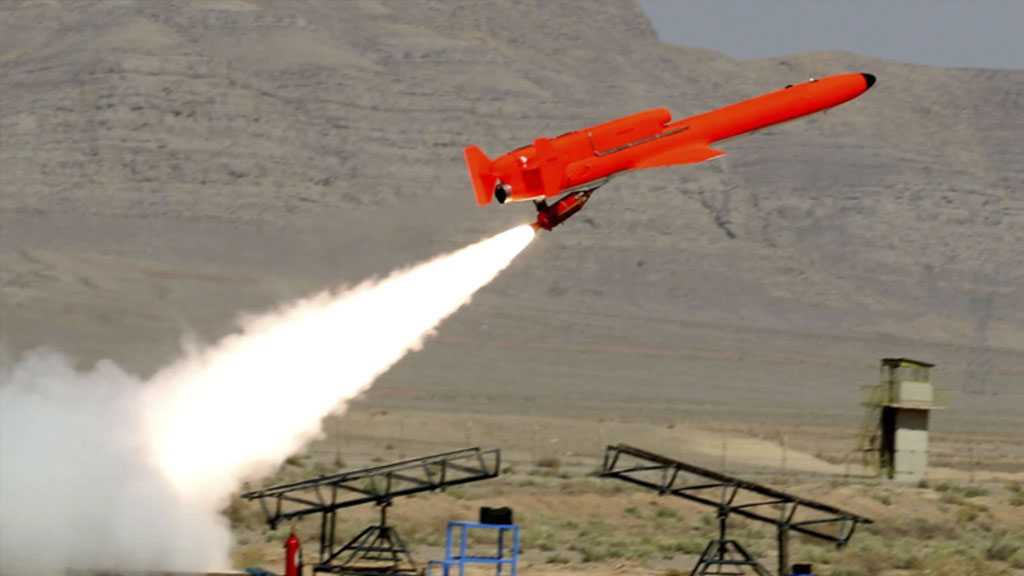The Battle of Wills in Tel Aviv: “As If Hezbollah Is Not Facing an Internal Crisis!”
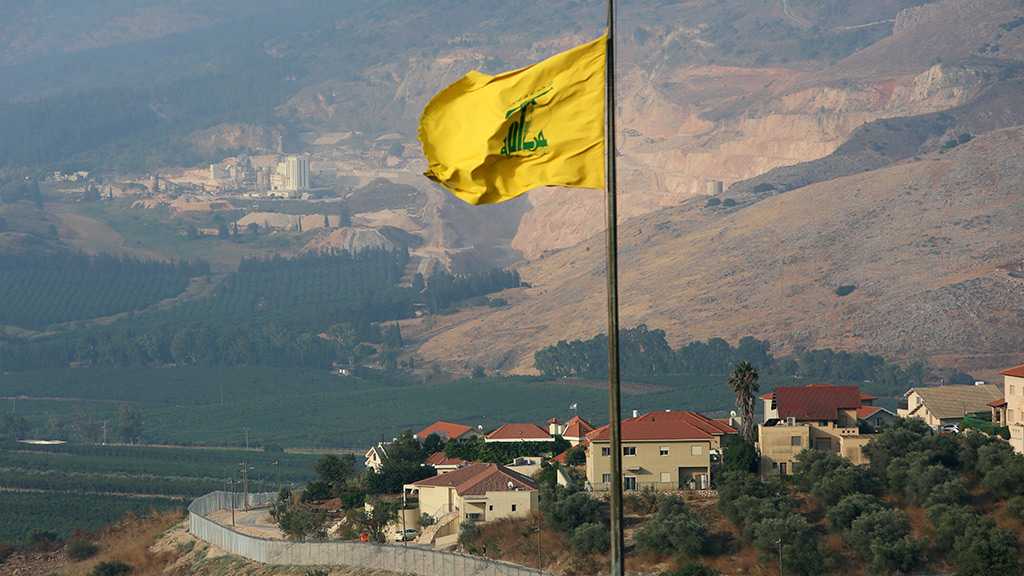
Translated by Staff, Al-Akhbar Newspaper
The talk about Hezbollah's victory in the "battle of wills" is no longer merely an approximation, but rather a reality reflected in the estimates and positions of experts and commentators in Tel Aviv who are criticizing their political and military leadership. Since the release of Hezbollah's statement [last Monday] of the inevitable response to the martyrdom of their fighter Ali Mohsen in an attack on a site near Damascus International Airport two weeks ago. Tel Aviv has now entered the stage of trying to limit its losses after it found itself in front of different scenarios that all require that a price in field deterrence should be paid while excluding the possibility of Hezbollah's failure to respond.
In this context, Hezbollah became the initiator and the enemy entity a by-stander waiting for the next slap.
Hezbollah has also took defensive-attack mode, to strengthen its deterrence that protects the resistance and Lebanon, while the enemy has not concealed its retreat to the position of those trying to miss the opportunity to hunt some of its soldiers and officers, after admitting its inability and failure to discourage Hezbollah and deter it from responding. All of this is nothing but a translation of the commitment of the political and security leaders in the enemy entity to the deterrence equation established by Hezbollah which it constantly works on stabilizing to prevent the enemy from escaping its restrictions. The enemy is trying, through various direct and indirect means, to dissuade Hezbollah from responding, because “Israel” unintentionally killed one of its elements, as it claims. But its action revealed a "deterrence" that controlled the performance of the enemy army. This concept was most evident in the affirmation of the occupation army’s chief of staff, Aviv Kochavi, that “Israel” had refrained from killing a group of Hezbollah members, to avoid "a day of combat". This means that he directly acknowledges that in case of any bloody targeting, all deterrence messages will not dissuade Hezbollah from responding, leading to a rolling battle. It is a logic that contradicts the army’s ideology, and the image of its new chief of staff, which is promoted as vibrant and offensive. However, after the failure of its previous endeavours, the enemy's leadership is trying to adjust this image by raising the level of threat, which Tel Aviv realizes that it entails counter-responses, and its repercussions may change the regional landscape.
This reality, which many Lebanese may overlook, in light of the economic and health challenges they face, is strongly present at the forefront of “Israeli” public opinion. As a sample of the manifestations of this presence, one of the most prominent military commentators in the entity, Alon Ben David, didn’t find any embarrassment in describing this in a language that reflects pain. He said: “The superpower in the Middle East, which has aerial, intelligence, and military supremacy over all its neighbours, stood this week tense in front of a militia threatening to attack it ... and ‘Israel’ seemed like someone begging it not to fire”; Noting that this characterization is shared by many “Israeli” experts and commentators who criticized their leadership for their deteriorating state.
What infuriates a wide segment of the media, experts, and former military leaders in the enemy entity is that Hezbollah succeeded in strengthening the equation of deterrence even before it militarily retaliated. To them all, what aggravates the challenge, as Ben David said, is that for a while, "it is possible to confuse and believe that it is between the two parties, that Hezbollah is not present in a country which suffers from an economic, social, and political crisis", nor that it [Hezbollah] is facing unprecedented internal challenges in the history of Lebanon on the economic and financial levels, in addition to the challenge of “a shrinking budget, demonstrators in Beirut, and the harsh economic pressures that Iran is facing”. Nevertheless, Ben David continues, “the ‘Israeli’ army is tense and ready to repel an operation Hezbollah will launch on the northern border”. The “Israeli” commentator did not hide the most important message of this scene in the "battle of wills", as he said: "Hezbollah won the war of nerves”.
What needs to be focused on and evoked is that this reality took shape in the speech of “Israeli” commentators and experts after Hezbollah’s statement, which squandered the stakes of estimation and decision-making institutions in Tel Aviv, and determined the direction of events contrary to what was planned and tried to push the enemy leaders to pass the murder of a Resistance fighter in Syria with impunity. It also established a context that took shape in which Hezbollah's messages, which were vigorously present at the decision table in Tel Aviv, as opposed to the enemy's attempt to contain it by creating a degree of balance at the image level, by issuing threatening messages that the public realizes are far from possible to materialize in reality.
Another arena of the manifestations of victory in the battle of wills was revealed by the military commentator on the “Israeli” Channel 13, Or Heller, who pointed out that the assessments in the enemy army is that “as time passes, it becomes clear that [Hezbollah Secretary-General Sayyed Hassan] Nasrallah will not give up the equation he seeks to produce”; more correctly that he will confirm. In this context, Heller continues, “In the army they are examining whether the incident that occurred last Tuesday in the western sector’s Shatola settlement, is practically an attempt by Hezbollah” to lure enemy soldiers. Regardless of the reality of what happened, because the Resistance does not usually announce its tactics, but the leaders of the enemy army fear that Hezbollah members moved the fence in order to send signals and push the soldiers to deploy and then target them.
The enemy army's interest in this incident extends beyond the traditional aspect that requires it to investigate every similar situation signals – and other similar stations – as it signals more than one message and dimension. It represents, if this hypothesis is validated, an embodiment of the attempt to implement what Hezbollah pledged in its statement, and indicates that the response area will not be confined to the Shebaa Farms, but will also cover all the Lebanese-Palestinian borders. This is an extension of what Hezbollah had previously established through “Avivim” operation last September, which established new rules that the response square also covers the entire Blue Line on the border. The origin of this hypothesis was put forward for examination in the enemy army reveals that they do not exclude that the response may take place at any point on the borders with occupied Palestine. The leaking of the examination also includes a part of instructions by the army command to the soldiers and officers about the need to beware of any attempt by Hezbollah to lure them into being its target.
In summary, the situation on the border is that Hezbollah is deploying its fighters in search of enemy soldiers, while the latter commit to a tactic of hiding and staying away from Hezbollah target range. Regarding the settlers in northern occupied Palestine, “Israeli” television channels revealed that after 14 years of the "Beyond, Beyond Haifa" speech in the 2006 war, the name of Hezbollah Secretary-General Sayyed Hassan Nasrallah, began to echo again in every home in northern occupied Palestine.
Comments
